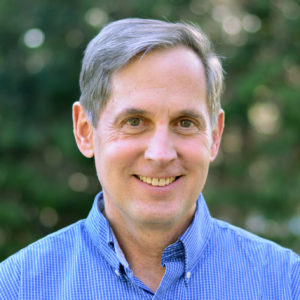
Gary Andersen
Affiliate Faculty
Environmental Genomics and Systems Biology
- Molecular EcoSystems Biology
Secondary Affiliation: DOE Joint Genome Institute
Building: 977, Room 107
Mail Stop: 977
Phone: (510) 495-2795
Fax: (510) 486-7152
glandersen@lbl.gov
http://esd1.lbl.gov/research/facilities/andersenlab/
Research Interests
I am interested in using molecular approaches to study the dynamics of microbial community structure in the environment. This includes the development of new techniques to dissect the microbial diversity of complex ecosystems. The long-term goal of this research is to integrate different fields of biology (i.e., genomics, ecology, molecular biology, proteomics and bioinformatics) to provide insight into the interactions of environmental microorganisms under stressful conditions. My current research focuses on the microbial ecology of airborne and aquatic bacteria with an emphasis on the natural distribution of pathogens in the environment. I have developed numerous microarray systems for the measurement of microbial diversity and the identification of bacterial communities by 16S and other gene sequences. I have also used microarrays for whole genome expression of genes in response to environmental stimuli.
Selected Publications
Selected Publications



